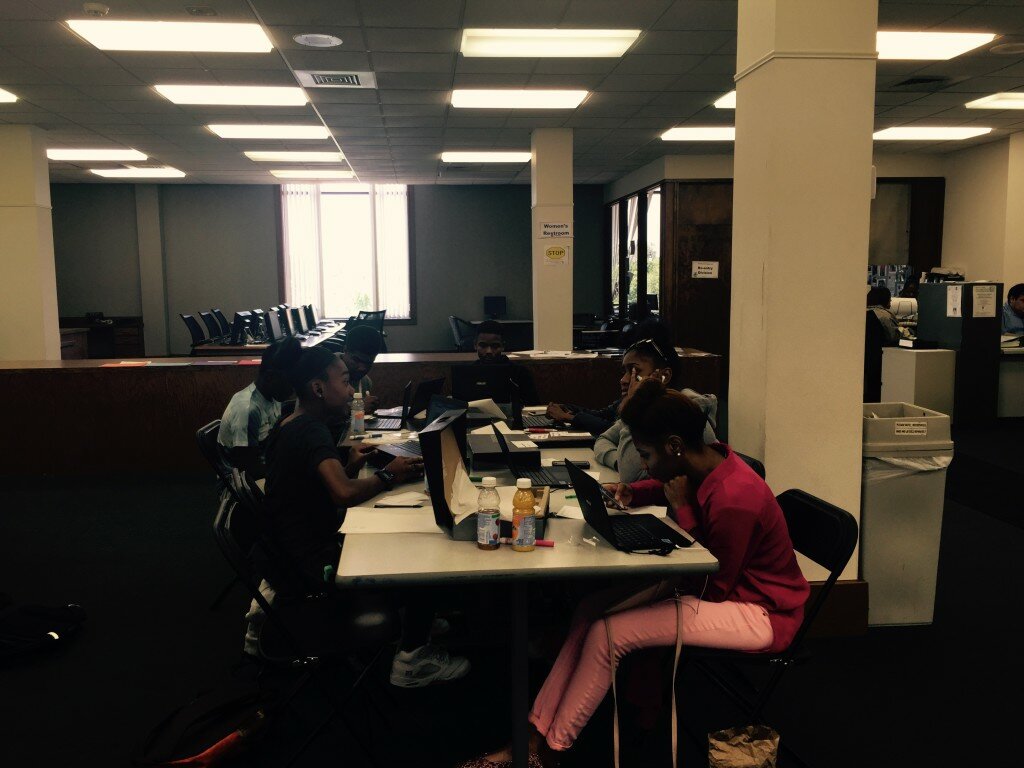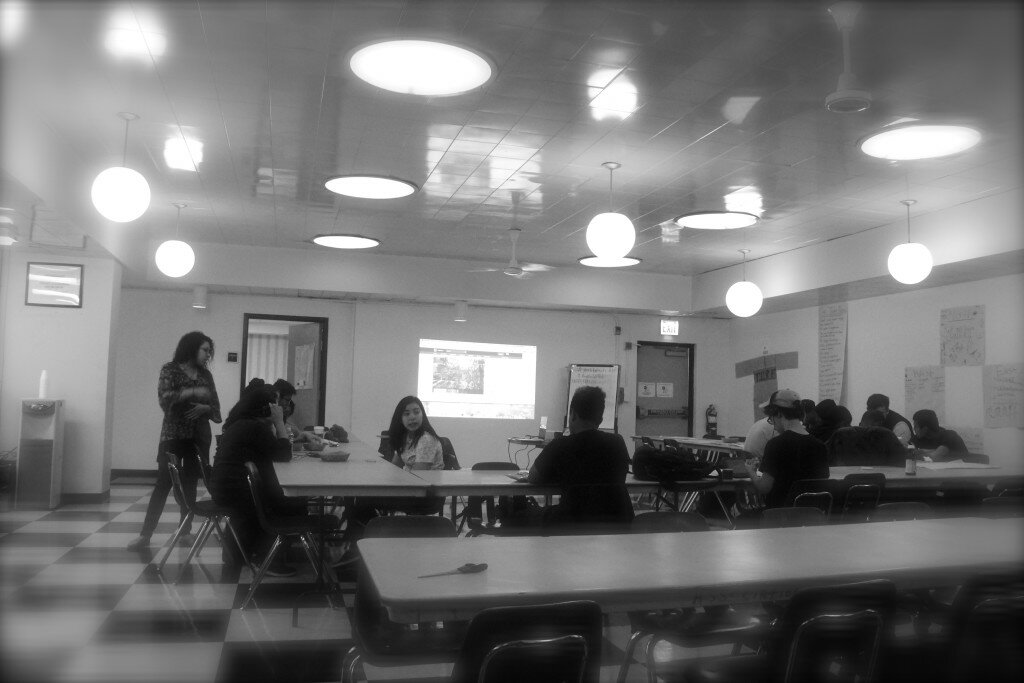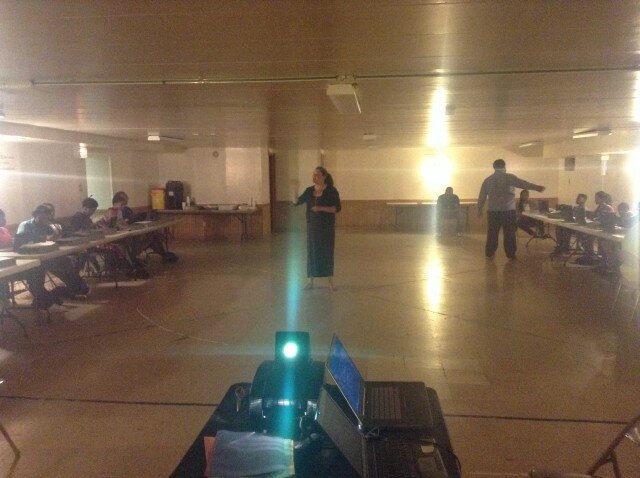We like to have fun in the sun
Everyday is a gift because its a blessing to live
I love everyone and its crazy because a lot of kids are getting killed.
Its alot of talented people in englewood that they just have to prove their self.
Many don’t have a chance to reach their own goal.
Ancestors of ours are screaming from the grave cus physically were free but were still mental slaves.
Live a life of love.
Happy souls live.
freedom is a curse or a blessing.
we are happy to show our talents.
carpe diem.
life is a gift and everybody deserves a second chance.
you only live once
Together were trying to make it out this community but first we have to come together with unity.
so come together and do something good for the community.
you can’t change englewood you can only change the people in it.
live life to the fullest.
perfection is not attainable but if we chase perfection we can accomplish our goals and dreams.
this is a youth led tech program where everyone is welcome so don’t sit around make yourself welcome.#godsgift
If we are God’s gift, not to be taken.
we got to stay together we gotta stay golden we have to have trust before our trust is stolen.
This is smart chicago we stand as a family.
For all those who take life I hope their souls are forsaken.
Youth-Led Tech
Found Poem (Odd Squad)
I have to
there can be no surprises,
empathetic disrupters.
Are we writing this?
For the girls?
I want to be cared for; exceptional.
The odd monkey.
In my home.
In the wilderness.
There’s always someone who should have been there.
Give us meat that we may eat.
With a bang.
Copyright 2015 Humboldt Park Odd Squad
Sourcing Instructors for Youth-Led Tech
We’re in the second week of delivering on our inaugural Youth-Led Tech, and one of the most rewarding parts of running this program is working with our instructors. We assembled a stellar group of people in a very short amount of time.
At Smart Chicago, one of our principles is open. To us, that means publishing open source code, but it also means publishing step-by-step instructions on how we do less technical but often more sophisticated tasks like hiring a high-quality, diverse workforce for tech instruction in a short amount of time.
Here’s how we did it:
We opened the application process on May 15, 2015 and closed it on June 4, 2015 at 8AM. The main instrument was through text on the project page. We promoted the positions via Twitter, email, Facebook, and other means.
On May 26, 2015, we had 36 applications, 3 of which were duplicates. We sent out this Mailchimp email to all 36 applicants, inviting them for interviews
We conducted 15 interviews on June 2, 2015 based on responses to this campaign. As three of us did the interviews— Kyla, Sonja, and I— we collected quantitative and qualitative information in another Wufoo form. We asked general, open-ended questions about why they were interested in the opportunity, and also checked their availability for the six-week course. We also gave each a rating in three areas: classroom management, tech knowledge, and teaching experience.
An additional nine people applied after this initial interview set. We arranged and conducted another 12 interviews with a number of these applicants, as well as people from the initial 36 who couldn’t make it on June 2. We communicated with these people by email rather than Mailchimp. We offered interviews to every applicant, and we interviewed everybody who responded to our offers.
We received 45 applications total. After background checks, consent forms, and consultant contracts, we hired this set of wonder-people:
Week One News You Can Use from Youth-Led Tech
Here’s an excerpt from our first newsletter for this summer program. If you’d like to get this to yer Inbox, sign up here.
Our first Youth-Led Tech program is off to a great start. This is our first weekly update made especially for the youth, parents, guardians, counselors, instructors, and everyone else who cares https://slack-files.com/files-tmb/T06U90JBB-F073DMAF7-ddc6f54633/slack_for_ios_upload_1024.pngabout the people in Youth-Led Tech. If you know someone who should be getting these emails, tell them to fill out this form.
Time to sign up is running out
For anyone still thinking about signing up for this program, the time is now. We are making a final push for enrollment and we need all eligible youth to sign up here. Visit the project page for full program information.
Keep in mind that this program is supported by Get IN Chicago and is run by theSmart Chicago Collaborative. Get IN Chicago has 18 target populations and communities and we can only serve students who come from those specific communities. You can see a complete map of these communities here.
You can determine eligibility by finding neighborhood names using this tool maintained by the Chicago Tribune. If you have questions, comments, or issues about an application that has been declined, please contact me directly at the information below.
What we’re learning
This week we’ve focused on lots of startup activities— forms, figuring out meals we all like, getting computers set up, doing team-building, and (yes) even starting to learn how to make websites. One of our principles at Smart Chicago is openness— we love to share exact details of what we do and how we do it. Here’s the complete curriculum for our first week: Day One, Day Two, Day Three, Day Four, Day Five.
The instructors at each location go at their own pace, add their own flavor, and respond to youth input, so there may be differences between this curriculum and what the youth are learning so far in your location. Please download, share, and try this out at home— even if you can’t make it to our sessions this summer, we hope you can get value out of our work.
City of Chicago Tech Plan Update
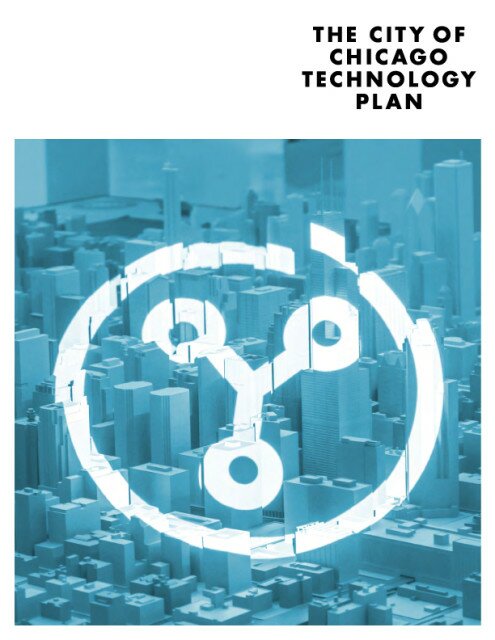 At Techweek, City of Chicago Chief Information Officer Brenna Berman announced an 18-month update to Chicago’s Tech Plan.
At Techweek, City of Chicago Chief Information Officer Brenna Berman announced an 18-month update to Chicago’s Tech Plan.
Chicago’s first Tech Plan was first launched in 2013 and laid out a strategy to establish Chicago as a national and global center of technological innovation.
Since it’s launch, Chicago’s civic technology community has made significant progress towards the goals of the tech plan.
As a civic organization devoted to improving lives in Chicago through technology, Smart Chicago is proud to be heavily involved in the implementation of Chicago’s Tech Plan.
Here are some highlights from the update.
Next Generation Infrastructure
Chicago is working with internal and external partners to improve the speed, availability, and affordability of broadband across the city. The City is preparing to create a Request for Proposal for companies to design, construct, implement, and manage a gigabit-speed broadband network.
In addition to broadband infrastructure, the city is also working to digitally connect it’s infrastructure. Part of this includes the launch of The Array of Things project which will place network of interactive, modular sensor boxes around Chicago collecting real-time data on the city’s environment, infrastructure, and activity for research and public use. (You can listen to their presentation at Chi Hack Night here.) You can already get up to the hour updates on beach conditions thanks to sensors maintained by the Chicago Park District. The Department of Innovation and Technology has loaded the information onto their data portal.
Make Every Community a Smart Community
One of the major efforts of the civic technology community in Chicago is closing the digital divide in every neighborhood.
Much of the work in the coming months will focus on Connect Chicago. This citywide effort, led by Smart Chicago in partnership with LISC Chicago, Chicago Public Library, World Business Chicago, and the City of Chicago’s Department of Innovation and Technology aligns citywide efforts to make Chicago the most skilled, most connected, most dynamic digital city in America.
Here’s more from the Tech Plan about the program:
As part of this initiative, program partners are creating a profile of a fully connected digital community that can be used as a benchmark and will provide best-practice toolkits and other resources to help all Chicago communities reach this benchmark.
If you’re interested in getting involved in – you should reach out or join the Connect Chicago Meetup!
Another big part of the City’s strategy to close the digital divide in Chicago involves the Chicago Public Library. Libraries around the city already function as public computing centers and now they provide Internet to Go – a program where residents can check out laptops and 4G modems so that they can access the internet at home.
The City of Chicago and the civic tech community is also heavily focused not only access, but on digital skills. The Chicago Public Library’s Cybernavigator Program is set to be expanded and Chicago Public School is working on implementing computer science curriculum at all schools.
On our end, Smart Chicago is working with Get In Chicago to run a youth-led tech program this summer. The conceptual model for this program is “youth-led tech”, which means teaching technology in the context of the needs & priorities of young people. Youth will learn how to use free and inexpensive Web tools to make websites and use social media to build skills, generate revenue, and get jobs in the growing technology industry. They will also learn about all sorts of other jobs in tech— strategy, project management, design, and so on.
Effective Government
The City of Chicago’s Department of Innovation and Technology is also making great progress in using data to help city government be more efficient and effective. One of their first projects, WindyGrid, is a geospatial Web application designed by the City’s Department of Innovation and Technology that strategically consolidates Chicago’s big data into one easily accessible location. WindyGrid presents a unified view of City operations—past and present—across a map of Chicago, giving City personnel access to the city’s spatial data, historically and in real time, to better coordinate resources and respond to incidents.
The City of Chicago will be open sourcing the project later this year on their Github page.
That’s not the only open source project that the city has on the books. Chief Data Officer Tom Schenk Jr recently spoke at Chi Hack Night to talk about their new system to predict the riskiest restaurants in order to prioritize food inspections. The system has found a way to find critical food safety violations seven days faster. Aside from the important aspect of less people getting sick from foodborne illness in the City of Chicago, there is another very important aspect of this work that has national impact. The entire project is open source and reproducible from end to end.
Since the release of the Tech Plan, Smart Chicago has been working with the Chicago Department of Public Health on the Foodborne Chicago project. Foodborne listens to Twitter for tweets about food poisoning and converts them into city service requests. The Tech Plan update has some results from the project.
A study of the system, published by the Centers for Disease Control, found that during March 2013 – January 2014, FoodBorne Chicago identified 2,241 “food poisoning” tweets originating from Chicago and neighboring suburbs. The complaints identified 179 Chicago restaurant locations; at 133 (74.3%) locations, CDPH inspectors conducted unannounced health inspections. A total of 21 (15.8%) of the 133 restaurants reported through FoodBorne Chicago failed inspection and were closed; an additional 33 restaurants (24.8%) passed with conditions, indicating that serious or critical violations were identified and corrected during inspection or within a specified timeframe.
Chicago’s open data portal is also getting expanded as part of the updated Tech Plan having grown by more than 200 data sets over the last two years. Chicago was the first City to accept edits to select data sets through the City’s GitHub account.
Open311 is also getting an upgrade with the city undergoing a procurement processes to build a new 311 system. As part of the process for upgrading 311, the new system will go through user testing through the Civic User Testing Group.
Civic Innovation
A big part of the city’s strategy around civic innovation is supporting the work of civic technologists here in Chicago. As part of the Tech Plan, Smart Chicago will continue to provide resources to civic technologists like developer resources, user testing, and financial support to civic technology projects.
The Tech Plan also calls out our work with the Chicago School of Data. The two day experience was wholly based on the feedback we received from dozens of surveys, months of interviews, and a huge amount of research into the work being done with data in the service of people. If you missed the conference, here are some of the key takeaways.
The Civic User Testing Group also plays a part in the Tech Plan and has recently been expanded to include all of Cook County.
Chicago Chief Information Officer Brenna Berman stated that Chicago has the strongest civic innovation community in the country. A large part of that community has been the Chi Hack Night, now in it’s fourth year with attendance now reaching over 100 people regularly.
Technology Sector Growth
One of the most thorny issues for civic technologist is the issue of government procurement. One of the things that the city has been doing is meeting with different groups to talk about ways the city can make it easier to buy products and services from smaller business and startups. (You can see Brenna Berman’s talk at the OpenGov Chicago Meetup here.)
As part of the Tech Plan, the City of Chicago is taking this on directly. Here’s the quote from the Tech Plan:
This summer, DoIT will release a Request for Qualifications for start-up and small-sized companies to join a new pool of pre-qualified vendors eligible for future City procurement opportunities. Companies who are deemed qualified will be placed into a pool and receive access to City contract opportunities in the areas of software application development and data analytics.
To further decrease the barriers facing smaller-sized companies in competing for City business, the City has modernized its insurance requirements to allow for pooled insurance plans. Start-ups that are members of an incubator, such as 1871, or smaller companies that come together for a group insurance plan, may now meet the City’s insurance requirements as a group. Insurance requirements were identified as a barrier to conducting business with the City in a series of listening sessions conducted over the past year with these companies.
This is a huge opportunity not only for civic tech companies, but it will enable the city to take advantage of the innovation coming out of these companies.
You can read the full tech plan here.
Expunge.io Youth-Led Design Session
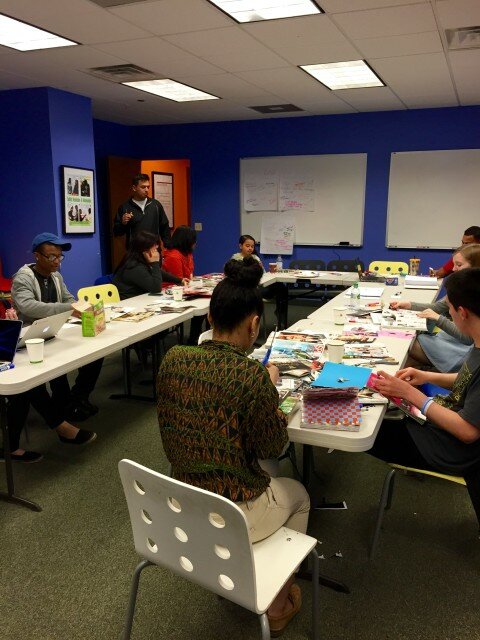 On Saturday, May 2, I was invited to the Mikva Challenge offices to lead a design session on Expunge.io with the Juvenile Justice Council (JJC). Expunge.io is a website designed for people with juvenile records in Illinois to kick off the process of expunging (or erasing) those records. The idea for Expunge.io came from #CivicSummer when the JJC wanted an app to help people expunge their records. We wanted to hold this design session to improve the website and make sure that Expunge.io has a youth-led voice.
On Saturday, May 2, I was invited to the Mikva Challenge offices to lead a design session on Expunge.io with the Juvenile Justice Council (JJC). Expunge.io is a website designed for people with juvenile records in Illinois to kick off the process of expunging (or erasing) those records. The idea for Expunge.io came from #CivicSummer when the JJC wanted an app to help people expunge their records. We wanted to hold this design session to improve the website and make sure that Expunge.io has a youth-led voice.
Here were my main goals for this design session:
- Get a better understanding of youth’s favorite websites and why
- Better understanding of what the JJC likes/dislikes about Expunge.io now, and what they would like to see
- How do young people want to contact the Juvenile Expungement Help Desk?
- How do youth want lawyers at the Juvenile Expungement Help Desk to contact you?
Working in a youth-led tech project means stepping back to let youth lead. The most important thing I could have done in this Expunge.io design session was allow the JJC to voice their opinions, listen, and let them identify issues and solutions to make Expunge.io a youth-led website.
Favorite Websites
We started our conversation with talking about favorite websites that the JJC members liked and didn’t like. I wanted to start the conversation around technology and websites before we talked specifically about Expunge.io.
Some favorites included: Spotify, Instagram (the app, not the website), Google, Facebook, PolicyMic, Desmos, and more. When talking about these websites, the youth specifically mentioned design elements and the ease of navigating through the site as the main reasons for liking the site. They want to be able to search and find what they are looking for quickly.
Some websites that JJC members didn’t particularly like included: ESPN, Buzzfeed, Pandora, government websites (especially those directed to teens), corporation websites, and others. The biggest issues the JJC talked about with these sites were difficulty navigating the sites, ads, and language. For example, when talking about Buzzfeed, some youth mentioned that their age group was not the targeted group for a lot of the articles. For other websites, they felt that the website tried to use youth language and it came across as disingenuous.
Expunge.io: “What I love/don’t like/wish…”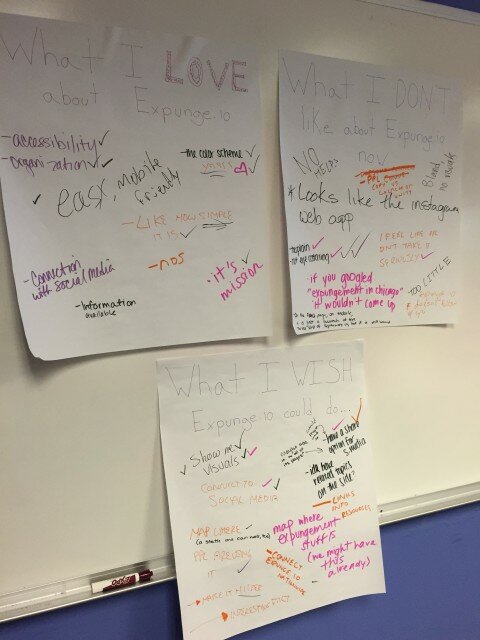
Next, I asked the JJC members to write everything that came to mind when thinking about “What I love about Expunge.io…” “What I don’t like about Expunge.io now…” and “What I wish Expunge.io could do…”
Love:
I heard that the JJC loves the mission and the goal behind Expunge.io. They love that it is easy to use, “simple,” connects with social media, and is mobile friendly. Most of the JJC also liked the color scheme we’re using.
Don’t Like:
There was a consensus that Expunge.io is “too plain,” “not eye catching” and “bland” because it doesn’t have photos or videos. The JJC members also wanted to see more testimonials from people that went through the expungement process, and share facts about why expungement is important.
In addition, we discussed how the FAQs page could be better organized so that it isn’t “too much text,” and how we can improve SEO to make sure that if you googled “expungement in Chicago,” Expunge.io would show earlier in the results.
Wishes:
Here is the wish list the JJC came up with:
- More visuals
- More connections to social media, not just on the homepage but every page
- Map of where others redeployed Expunge.io in other cities
- Links to resources
- Map of where expungement “stuff” is (like the Cook County Juvenile Center, the Help Desk, etc)
- More expungement-related facts
I was surprised by this list because every point is something that we can work towards including on Expunge.io. There was not a single suggestion that was out of reach. This activity worked well because it not only got the youth moving, but allowed them to contribute their ideas anonymously. It also allowed the conversation to be driven by the youth’s ideas and not my own.
The Voice behind Expunge.io
For another activity, I had a stack of magazines and art supplies and I asked the youth to create a collage of “the voice behind Expunge.io.” My question was, “When you look at Expunge.io, who do you imagine is speaking to you? Describe what this person looks like.”
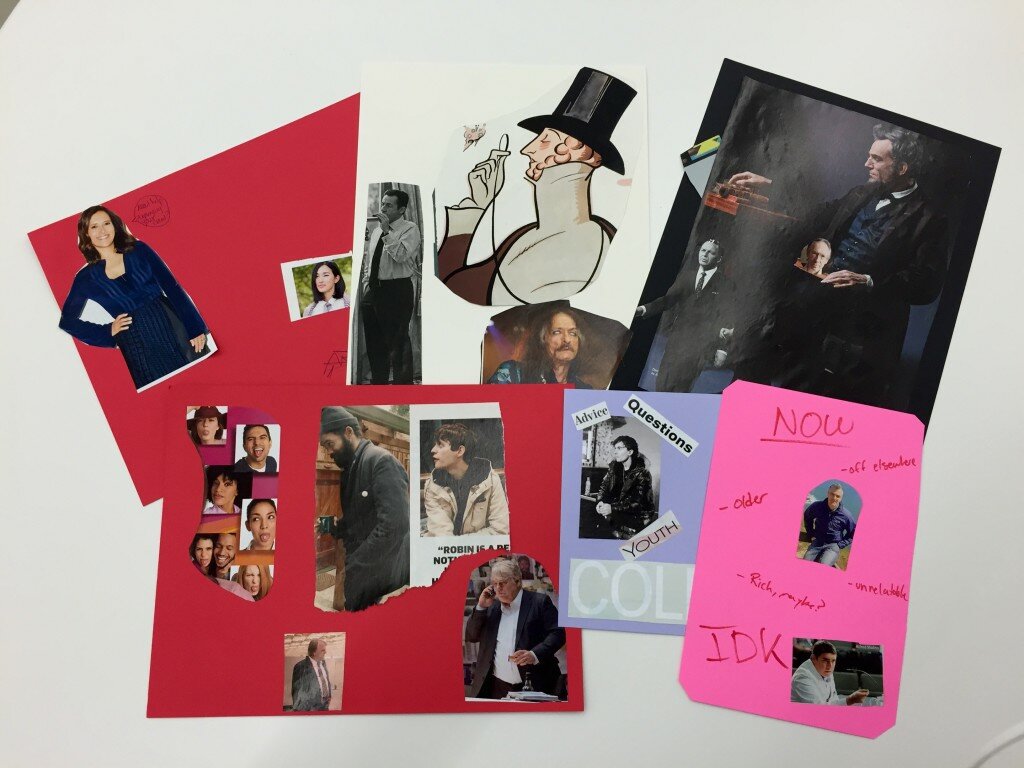 Here are some the ways the JJC describes the voice behind Expunge.io: “older,” “cold,” “corporate,” “rich,” “unrelatable.” The colors chosen were muted, and very few of the photos chosen had people looking towards the camera. A lot of the photos chosen included older individuals and people wearing suits.
Here are some the ways the JJC describes the voice behind Expunge.io: “older,” “cold,” “corporate,” “rich,” “unrelatable.” The colors chosen were muted, and very few of the photos chosen had people looking towards the camera. A lot of the photos chosen included older individuals and people wearing suits.
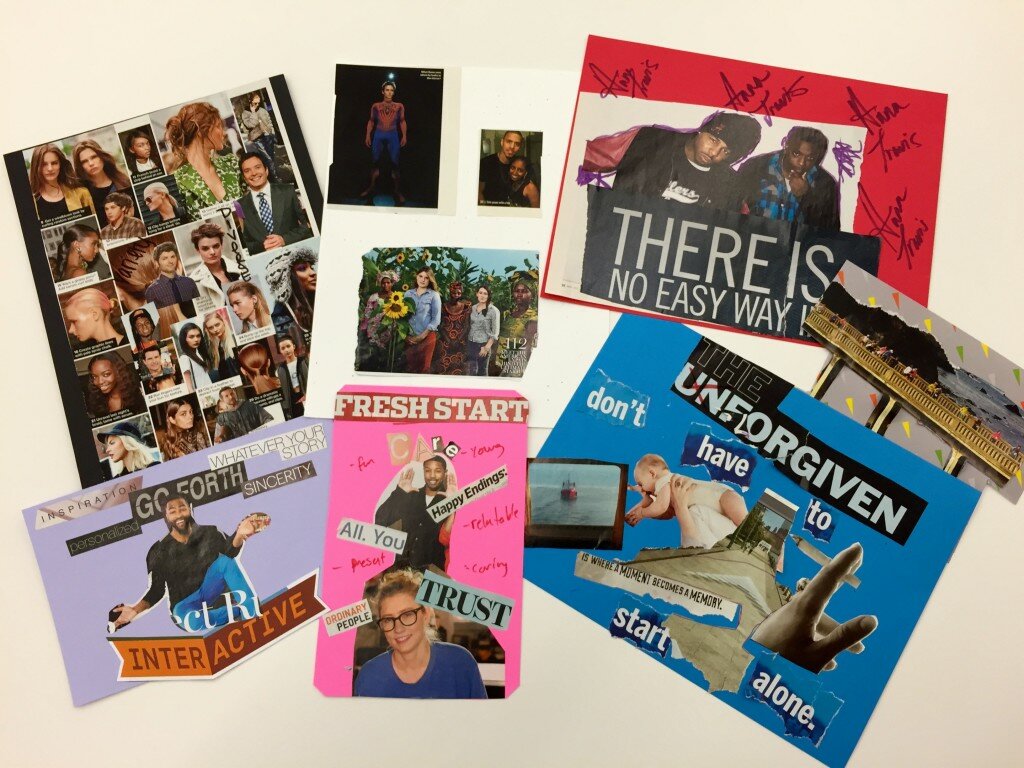 For the second part of the activity, I asked them to do the same thing but this time my question was, “Who do you want to be speaking to you? Who would you listen to?”
For the second part of the activity, I asked them to do the same thing but this time my question was, “Who do you want to be speaking to you? Who would you listen to?”
Here are some the ways the JJC wants the voice of Expunge.io to sound like: “friendly,” “younger,” “approachable,” welcoming” “trust.” The JJC chose a lot of motivational phrases like “fresh start” “go forth” and “don’t have to start alone.” The colors used were more vibrant, and the people in the photos were younger, and more inviting.
List of Changes
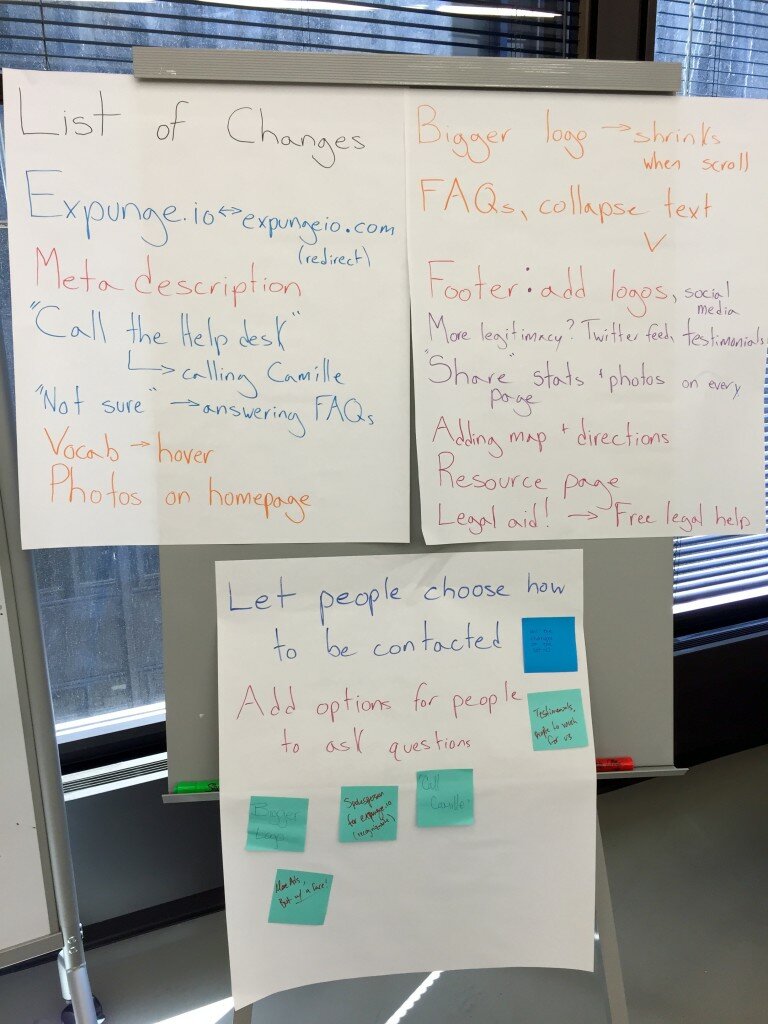 Early in the day, I added a few pieces of paper on the wall to keep track of all of the changes we decided to make as a group. I told everyone that they could at any point in the day come up and write on the board.
Early in the day, I added a few pieces of paper on the wall to keep track of all of the changes we decided to make as a group. I told everyone that they could at any point in the day come up and write on the board.
I learned from this experience that it’s very easy to listen to problems on a website, and start making suggestions and creating your own list. I had to step back and let the JJC think about what their solution would be, whether it was a tech or non-tech solution. Once they came up with solutions, we would discuss, and then decide together what should be a change. This is the list of changes the JJC came up with:
- Create a redirect from expungeio.com to Expunge.io since we use “Expunge.io” as a name and it becomes confusing since .io isn’t a typical part of a url
- Update the meta description so that Expunge.io is higher on search results
- When people are “Not Sure” of the answer during the question flow, we need to provide better information to help them along
- Allow users to hover over a word they are unfamiliar with and get the definition
- Share more expungement statistics and photos
- More prominent logo on the homepage. The JJC is proud of the logo and they want to make it more visible
- On the FAQs page, the text should collapse/expand under the question so it does not look like an overwhelming amount of text
- On each footer, the social media share options should be there and logos to create more legitimacy
- Create a resource page and add map and directions
- Change Legal Aid! on navbar to “Free Legal Aid!”
- Let people choose how they want to be contacted. Also, we heard that “Call the Help Desk” has negative connotations of support lines and long waits. We wanted to share that there is a lawyer on the other end of the line so instead of “Call the Help Desk” we will say “Call Camille at the Help Desk!”
I am grateful for the JJC letting me work with them. They were engaged and offered detailed opinions and solutions. I am excited to see these changes implemented in Expunge.io.
